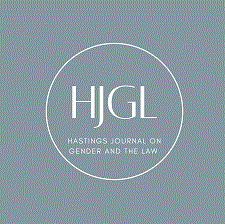
Abstract
As more women in the United States take on leadership positions in the public and private sector, we have seen an influx of women whistleblowers. This Note examines whistleblower laws through a gender lens and offers insight to reveal why women blow the whistle, how women approach whistleblowing situations, and the effect current whistleblower laws have on women in the workforce.
This Note is divided into five parts. Part I includes an introduction and discusses competing definitions of whistleblower. Part II explores society’s differing perception of men and women whistleblowers and what may motivate women to report wrongdoings. Part III examines current whistle- blower laws. Part IV discusses aspects of the law that may affect women’s ability to blow the whistle, including external reporting, internal reporting, and retaliation provisions. Lastly, Part V discusses possible policy changes that can address the gaps in whistleblower laws and create a more effective avenue for women to blow the whistle.
This Note’s analysis is limited to the question of whether women and men approach the decision to blow the whistle differently and explores the way women respond to whistleblower laws. Therefore, the following anal- ysis is very limited and does not address the more comprehensive inquiry of characteristics beyond gender such as race, class, religion, national origin, or sexual orientation. Considering these ch racteristics is encour- aged and would provide a more complete analysis.
Recommended Citation
Mary Saade,
Women & Whistleblowing,
34 Hastings Women's L.J. 43
(2023).
Available at: https://repository.uclawsf.edu/hwlj/vol34/iss1/12

